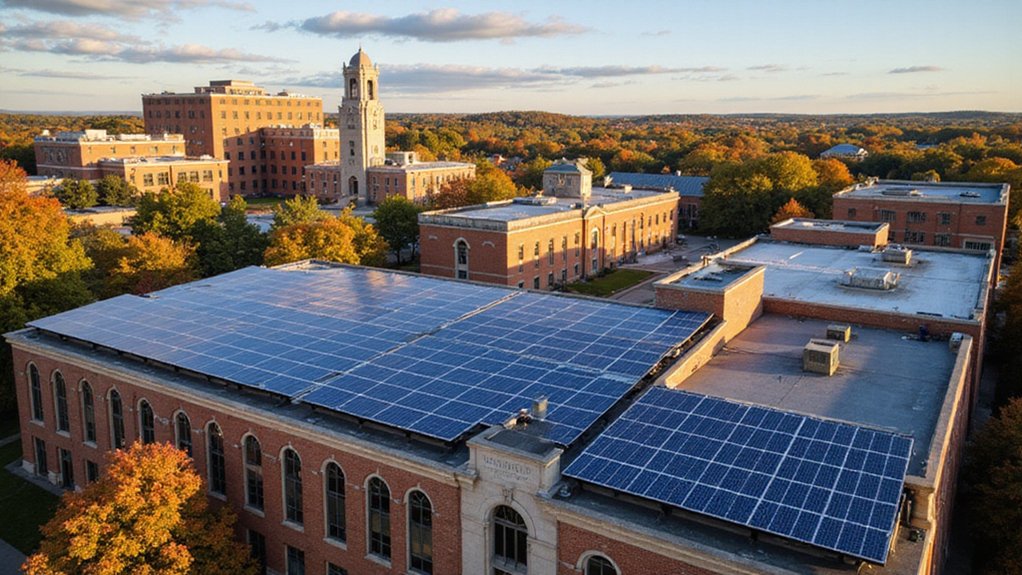Logistics companies are bleeding money. The median total cost of ownership for a logistics fleet asset hit $19,612.01 in 2025, nearly double the fleet-wide average. That’s not a typo. Meanwhile, these vehicles are getting absolutely hammered, driving over 68,000 miles annually. It’s brutal out there.
Logistics fleet costs hit $19,612 per asset – nearly double the average – while trucks grind through 68,000 brutal miles yearly.
Here’s the thing: everyone’s talking about going green, but logistics companies aren’t buying it. They’re too busy trying not to go bankrupt. With vehicle shipping costs averaging $1,245 per move and insurance premiums climbing like they’re on steroids, sustainability has taken a back seat. Way back.
The numbers tell the story. Fleets are extending vehicle life cycles because they can’t afford new ones. They’re squeezing every last mile out of their trucks, consequences be damned. Sure, environmental regulations are pushing for sustainable maintenance solutions, but when you’re watching profit margins evaporate, saving the planet becomes someone else’s problem. The growing demand for EV transportation requiring specialized carriers and load configurations only adds to the financial strain.
Technology adoption? That’s happening, but not for Mother Earth. Companies are embracing AI-powered predictive maintenance and telematics systems because breakdowns cost money, not because they care about emissions. These tools analyze real-time sensor data, monitor engine health, and track fuel consumption. It’s all about the bottom line.
Fleet management software helps streamline vehicle moves and maintenance planning during downtime. Smart? Yes. Green? Not the priority. The challenge is compounded by a critical technician shortage making it harder to service both conventional and electric fleet vehicles. This hesitance mirrors the broader clean energy sector, where political uncertainty has caused manufacturing growth to plummet from 47% to just 12%.
The shift from reactive to preventive maintenance isn’t about sustainability either. It’s survival. Proactive scheduling during idle periods, predictive tools identifying issues before breakdowns – it’s all designed to keep vehicles on the road making money. Every mile beyond average compounds costs if maintenance fails. Companies know this.
Regulatory compliance adds another layer of expense. Changing regulations demand advanced maintenance practices and documentation. Regular inspections, advanced record-keeping, strict safety standards – it’s a nightmare of paperwork and costs. Non-compliance means fines and operational disruptions. More bleeding.
The harsh reality? Rising fuel, maintenance, and insurance costs are crushing profit margins. Logistics companies are choosing immediate financial survival over long-term environmental goals. Can’t really blame them. When you’re drowning, you grab the nearest life preserver, not the recycled one.
References
- https://parsdrives.com/update-on-higher-fleet-vehicle-transport-costs-2025-insights/
- https://www.automotive-fleet.com/10240467/auto-logistics-in-2025-carrier-pay-driver-shortages-and-emerging-technologies
- https://tech.co/logistics/logistics-statistics-numbers-to-know
- https://www.fleetio.com/blog/cost-per-mile-total-cost-ownership-trucking-logistics
- https://www.torquebyryder.com/blog/fleet-maintenance-trends-to-watch-in-2025








